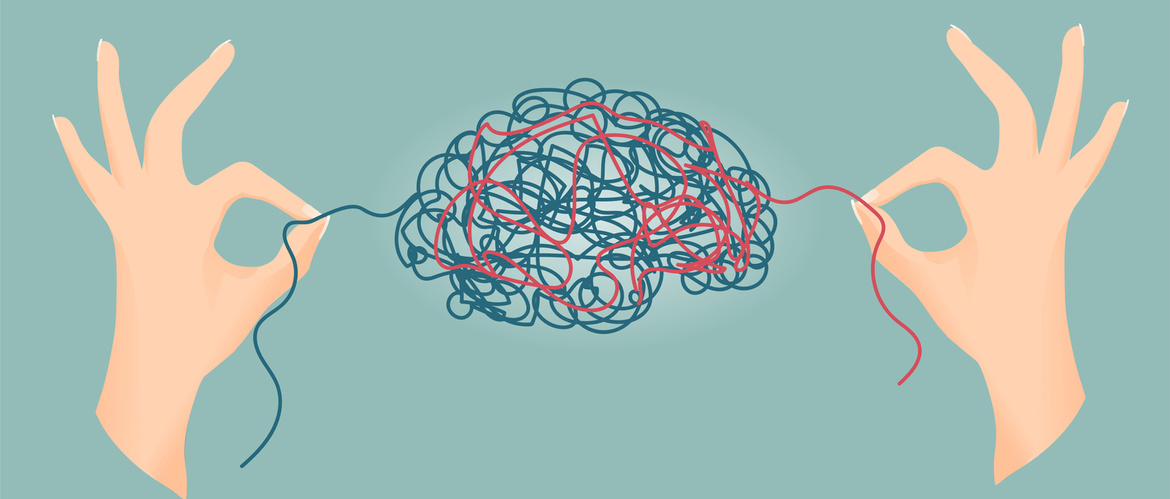
Henrik Zetterberg, University of Gothenberg, Sweden and University College London, UK, during the first plenary session at this year’s AAIC, gave an upbeat assessment of the current literature on biofluid-based biomarkers for use in assessing Alzheimer’s disease-related pathologies.
Amyloid pathology
CSF Aβ42 levels are low in Alzheimer’s disease (AD) versus controls such that CSF Aβ42 is considered a reliable marker of senile plaque pathology.1,2 However, because CSF Aβ42 levels also decline in other conditions, measurement of the CSF Aβ42:Aβ40 ratio appears to be a more robust plaque pathology marker for AD than CSF Aβ42 alone. Indeed, longitudinal data support its value as a marker of disease in AD – the ratio fully changes before symptoms appear and does not change over time in symptomatic disease.3
Thus, as a marker of AD, CSF Aβ42:Aβ40 is relatively straightforward to interpret and, indeed, certified reference methods and materials for CSF Aβ42 are available.
CSF Aβ42:Aβ40 is relatively straightforward to interpret and certified reference methods and materials for CSF Aβ42 are available
Is there a more convenient assay method? While plasma Aβ assays start to look promising, robustness is currently an issue for biological reasons. Assays for brain-derived Aβ (e.g. pyroGluAβ) could possibly solve this issue. Nevertheless, fully-automated clinical chemistry tests with very low analytical variation have been developed and are entering clinical laboratory practice now.
Tau pathology
It has been known for some time that CSF phospho-tau (P-tau) is increased in AD but not in other tauopathies but the variation in forms of P-tau correlates weakly with the underlying pathology associated with AD.4 However, different phospho-forms of tau can be measured in plasma and, in combination with other accessible measures such as brief cognitive tests and APOE genotyping, may offer a diagnostic means of predicting AD.5
Thus, Professor Zetterberg suggested, CSF and plasma P-tau measurements may offer a direct marker of Aβ- induced tau phosphorylation and release from neurons and, thus, a predictive marker of tangle pathology.
Neurodegeneration
High levels present in CSF and plasma of serum neurofibrillary light chain (NfL) molecules are dynamic, if slow, biomarkers for active neurodegeneration and/or neuroaxonal injury.6
Therefore, drugs slowing down neurodegeneration should reduce or stabilize NfL levels. Indeed, CSF NfL dynamics appear normalized in response to treatments used in MS, spinal muscular atrophy and in Huntington’s disease.7-9
A proof of concept study of CSF NfL dynamics in anti-Aβ antibody treatment suggests that such therapy may eventually be effective in AD although the data to date are not as encouraging as those for other conditions.10
CSF NfL dynamics appear normalized in response to treatments used in MS, spinal muscular atrophy and in Huntington’s disease
Glial activation
Glial activation is another promising avenue currently being investigated in AD. Glial fibrillary acidic protein (GFAP) is an astrocytic activation marker - with greater efficacy in plasma than in CSF - to indicate levels of accumulated amyloid and so neurological damage in the brain.11
Synuclein pathology
Very promising qualitative results on synuclein pathology markers in CSF have been published. Two groups have developed assays for alpha-synuclein misfolded aggregates. CSF α-synuclein seeds in patients with Parkinson’s disease (PD) and dementia with Lewy bodies fold differently from those found in controls and in those with AD. 12-13 This finding facilitates differential diagnoses of these conditions.
Very promising qualitative results on synuclein pathology markers in CSF have been published
TDP-43 pathology
Transactive response DNA-binding protein-43 (TDP-43) is the cardinal protein in the most common subtypes of frontotemporal dementia (FTD) and amyotrophic lateral sclerosis. Pilot data available for an assay TDP-43 in CSF suggest it may be exploited as a disease biomarker in these patients.14
Summary
The whole set of CSF biomarkers should inform on the clinical importance of AD and non-AD pathologies. Already useful biomarkers are available in CSF and blood and much work has been done on standardization and implementation in clinical laboratory practice The blood biomarkers should be useful as early diagnostic test to determine who is likely to benefit from disease-modifying treatment and to monitor treatments but more data on diverse populations are needed.
UK : United Kingdom
AAIC : Alzheimer's Association International Conference
AD : Alzheimer's disease
CSF : Cerebro Spinal Fluid
P-tau : phospho-tau
NfL : Neurofibrillary light chain
GFAP : Glial fibrillaryacidic protein
PD : Parkinson's disease
DNA : Desoxyribonucleïnezuur
TDP : transactive response DNA-binding protein
FTD : Frontotemporal dementia
BE-NOTPR-0181, approval date : 09.2022
